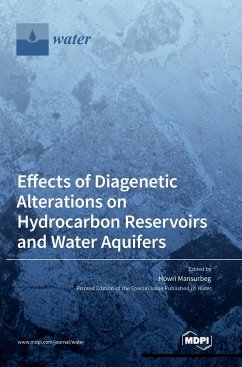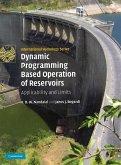Reservoir quality (porosity and permeability) and heterogeneity in carbonate and siliciclastic hydrocarbon reservoirs and groundwater aquifers are significantly constrained by diagenetic processes, such as biological, chemical, biochemical, and mechanical changes, that occur in sediments subsequent to deposition and prior to low-grade metamorphism. Diagenesis, which has a variable but overall important impact on reservoir quality evolution, is controlled by several inter-related parameters. These parameters include the depositional composition of the sediments, depositional facies, sequence stratigraphy, pore water chemistry, burial history and tectonic setting of the basin, and paleoclimatic conditions. Carbonate and siliciclastic sediments often undergo multiple stages of diagenesis, which are related to complex patterns of burial-thermal history (subsidence and uplift) that are controlled by the tectonic evolution of the basin. Tectonic evolution of the basin is controlled by the position of the basin with respect to the type and activity along the plate boundaries. The episodes of burial and uplift may result in profound modifications in the pressure-temperature regimes and in the extent of mineral-water interaction, and hence in various phases of compaction, as well as mineral dissolution, recrystallization, transformation, and cementation. Diagenesis impacts reservoir quality in the following ways: (i) destruction by mechanical compaction and extensive cementation, (ii) preservation by prevention of mechanical and chemical compaction, or (iii) generation by dissolution of labile framework grains and intergranular cements.
Hinweis: Dieser Artikel kann nur an eine deutsche Lieferadresse ausgeliefert werden.
Hinweis: Dieser Artikel kann nur an eine deutsche Lieferadresse ausgeliefert werden.








